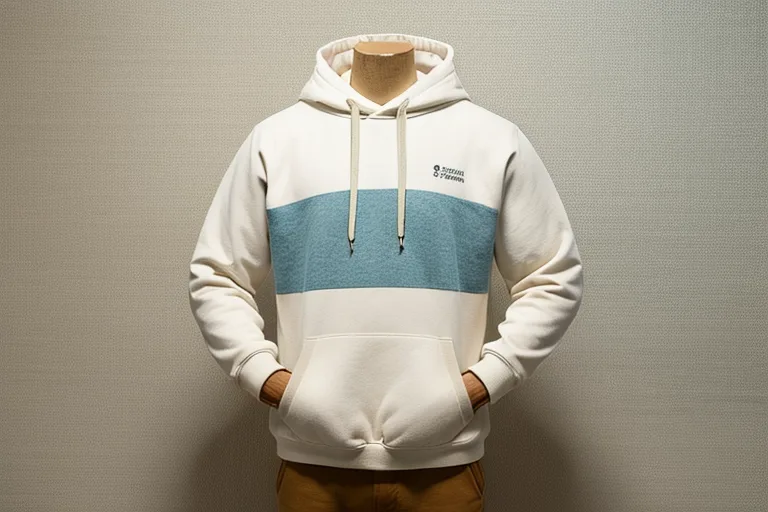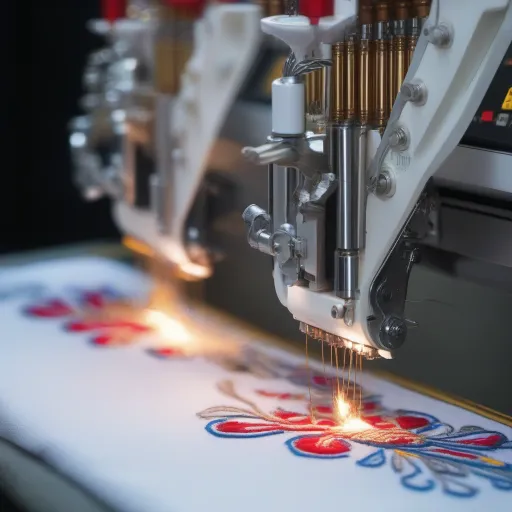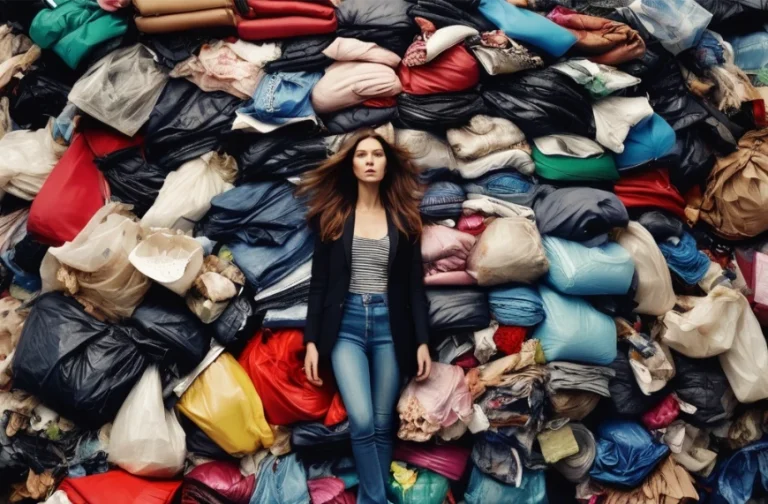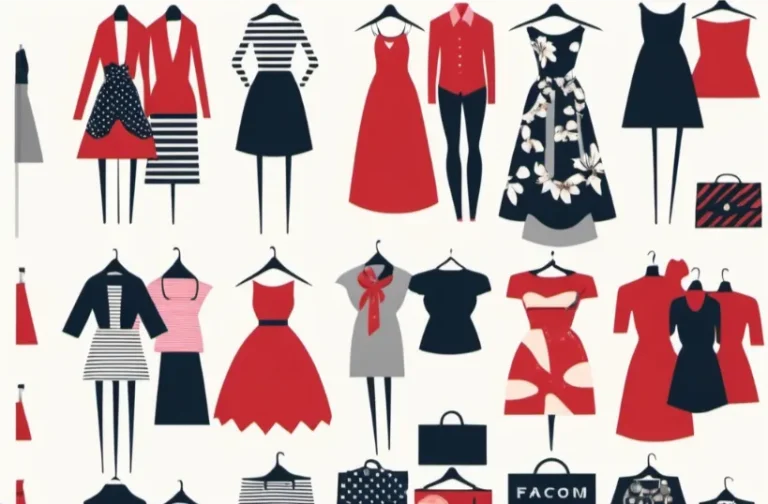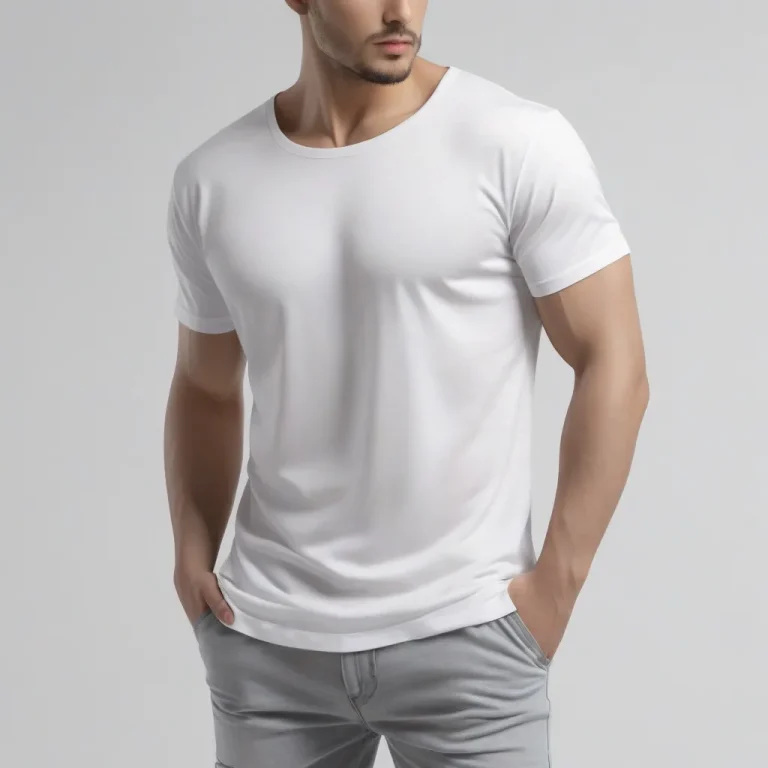How Much Clothing Does The Average American Throw Away?
The fashion industry is following a consumer driven growth. That means consumerism is the primary driver. This is seeing a dramatic increase in over production and over consumption.
This booming industry also comes with side effects. Particularly in the western hemisphere, specifically in the United States.
The growth of the fashion industry leads to a growth of disposable clothing.
Many clothes are discarded even without using them. For this over consumption and over production, the question raises: how much clothes does the average American throw away?
So How Much Clothing Does The Average American Throw Away?
According to a study found by the United States Environmental Protection Agency, approximately 81.5 pounds of clothing is discarded by the average American each year.
That means 17 million tons of textile is wasted annually. The statistics also suggest that average people in the U.S. Only wear 20% of the clothes they purchase regularly.
That means 80% of the clothes never used or used less frequently before going to the landfills.
This figure comes with every type of clothing, including shirts, pants and other accessories.
This produces an overwhelming amount of waste. The clothing industry is also seeing a boom.
Many of the germans are also never donated or recycled. That means that it results in the over-consumption of clothing.
Factors Contributing to Clothing Waste
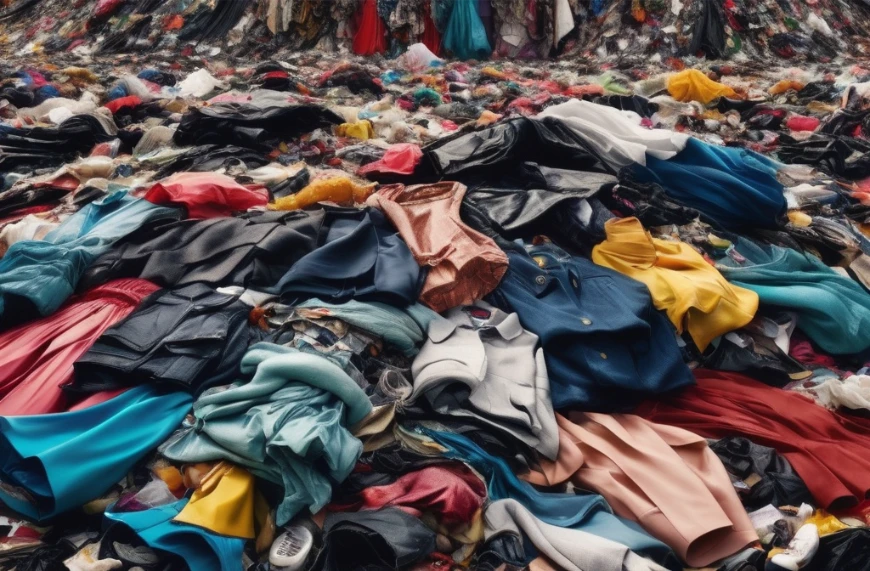
But the real question is, what is why consumers are wasting so much clothing? Especially if you see the sheer volume of clothing.
The waste in America is concerning. We found some of the key reasons behind huge clothing waste.
Fast Fashion Culture
We have seen a significant rise of fast fashion in the matter of decades. That means consumers of the American market are purchasing more and more products and also disposing of the clothing more and more.
This fast fashion industry is seeing a rapid production of inexpensive clothing. This is also linked to overproduction and overconsumption myopia.
Some of the key brands like H&M, Zara and shein popularized this model of consumerism. Shein and H&M are known for products with lower quality.
That means the consumers are getting a lower quality product.
They’re forced to discard the product even before wearing it properly. Cheap clothing has a short lifespan as the quality of fabrics are poor. The craftsmanship is also poor.
The trade offs of the fast fashion industry quickly contributes to the lower use of clothing.
Clothes are discarded even before using. Some of the brands even discard the items even before they sell it to keep up their market share.
Buy Now and Wear Later
We can see that the trend of consumerism is also driven by sales and discounts. The social media trend is contributing to the over purchase and over consumption of products.
Nowadays fashion items do not add major value to the consumers. They have adapted the mindset of buying now and wearing it later.
Means the consumers are in a constant pressure to stay up to date that forces them to over purchase the product.
Lack of consideration forces them to discard the product without using it. Many consumers have the tendency to wear the product only once or a while.
This is also true for special event products like halloween costumes and wedding dresses. Some of the consumers say that they only buy a product for instagram photo and throw that away.
Americans are buying nearly 5 times more clothing than they need and they used to buy 30 years ago.
Lack of Sustainable Alternatives

Many consumers are moving and leaning towards sustainable fashion practices. It is also seen that some of the consumers are not aware of sustainable fashion alternatives.
Sustainable alternatives are not available everywhere. The majority of the sustainable fashion alternatives are way too pricey for the consumers. Synthetic fabrics are found in cheap clothing.
It can take years to decompose these fabrics. This also releases harmful chemicals to the environment where sustainable alternatives like natural cotton can reduce the environmental damage.
Clothing made with wool and cotton can significantly improve the environmental impact, if it’s properly disposed of.
The Environmental Impact of Fashion
The use of the fast fashion industry also comes with environmental costs. The fashion industry is known as a major polluter. The impact of textile waste is immense.
The fashion industry contributes about 4% of the solid waste of the United States. It also drives several problems like water pollution and carbon emission, disruption of natural resources.
Chemical pollution also contributes to the environmental damage by industry waste. Without using clothes properly and throwing it to the landfills create methane gas and greenhouse gas. That also increases global warming.
The textile industry releases harmful chemicals. Dyes and micro plastics also pollute the underground water.
The water footprint of the garment industry is huge. 93 billion cubic meters of water is used. That is also contributing to significant water waste.
What Happens After The Clothes Are Thrown Away?
Most of the clothes are thrown away to the landfills. When they’re discarded, approximately 85% of the textile that ends up in the landfills is never recycled and repurposed.
Discarded clothing is lost forever. It is also said to be used in charity shops and second hand stores.
Many brands are taking initiatives like a “take-back program” to reduce the garment waste and increase sustainable practice.
But nearly 72% of the consumers never donate. There are unbranded clothes in the clothing recycling industry of different retailers and brands are encouraging customers to bring the clothes for repurposing.
But it is still relatively seeing a limited growth of the initiative. The impact of the garment industry of discarded clothing is still growing.
Sustainable Fashion Movement
There is also a hope as many Americans are becoming aware of the clothing waste. This is why they are leaning towards sustainable fashion practices.
Some of the clothing industry players are taking up cycling projects and finding ways to extend the life of garments.
Some of the startups are making it easier to buy pre-owned clothing. Some of the cities and states are implementing policies to encourage reuse and recycling textile.
This type of initiative can combat the overwhelming amount of clothing waste discarded each year.
How Consumers Can Make a Difference?
As an individual consumer there are several ways to reduce distribution and contribution of clothing waste.
The consumers can choose to buy less product. They can focus more on the quality of the products rather than quantity.
Timeless, classic style can be worn for several years. Recycling of the clothing means unwanted clothing can be donated to the charity.

Recycling also means the used clothing can be reshaped for a different type of product.
Reusing as a new item is also known as an upcycle. In that way you can make old garments into new products.
Choosing brands that prioritize sustainable production and ethical practice of production can increase the product life cycle.
Sustainably made products are more usable. Encouraging others to use clothing properly can also contribute to the reduction of clothing wastes.
Last Words About the Textile Waste
The average American throws away more than 37 kilograms of clothing each year.
This is also derived by the fast fashion trends and over consumption. This lack of awareness can be addressed by sustainable alternatives.
The environmental impact is severe. Wastage can cause resource depletion and carbon emissions.
Some of the companies are taking sustainable fashion practices and responsible consumption habits that can reduce the clothing waste generated each year.
This can also help to curb the wastage of the fashion industry.


